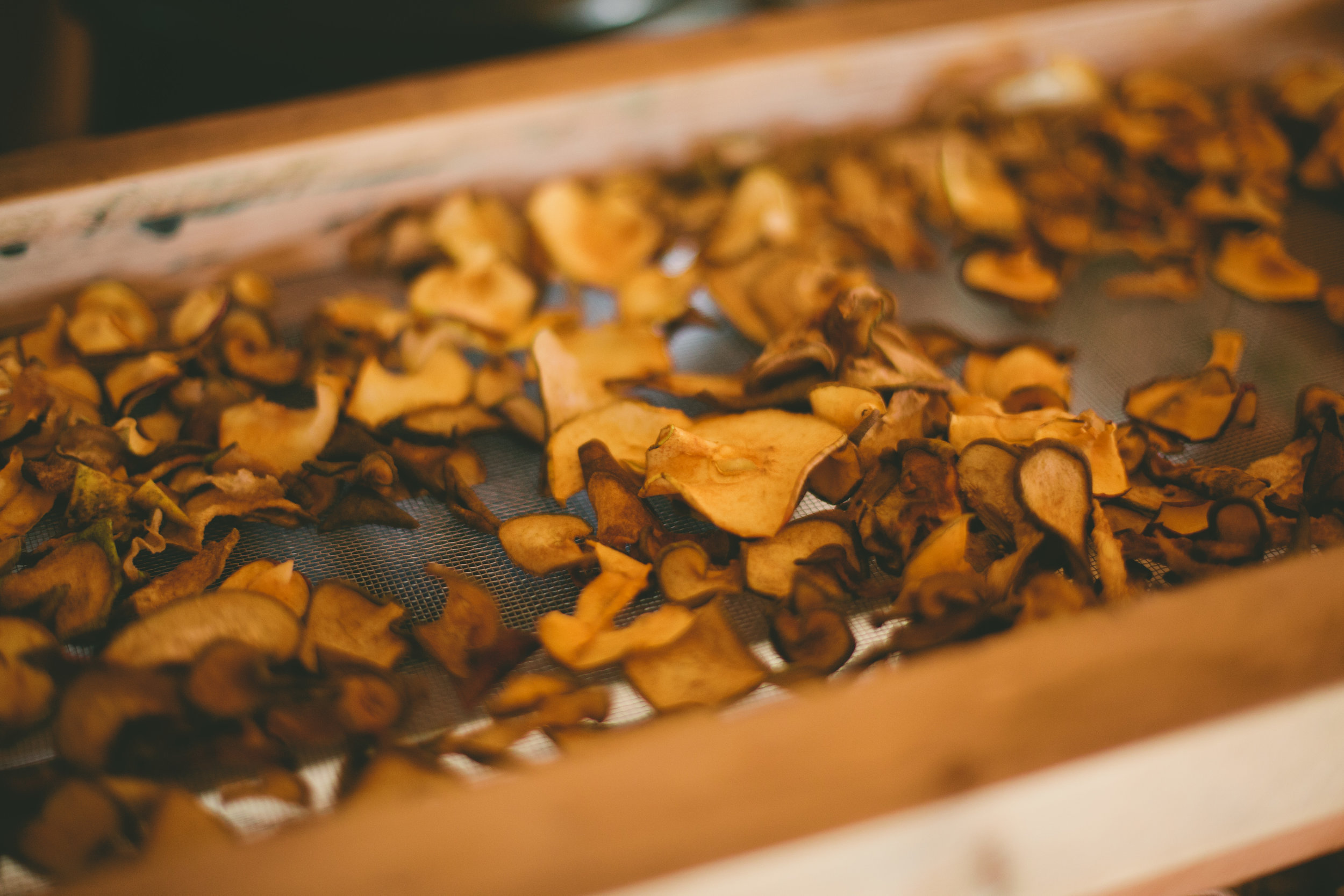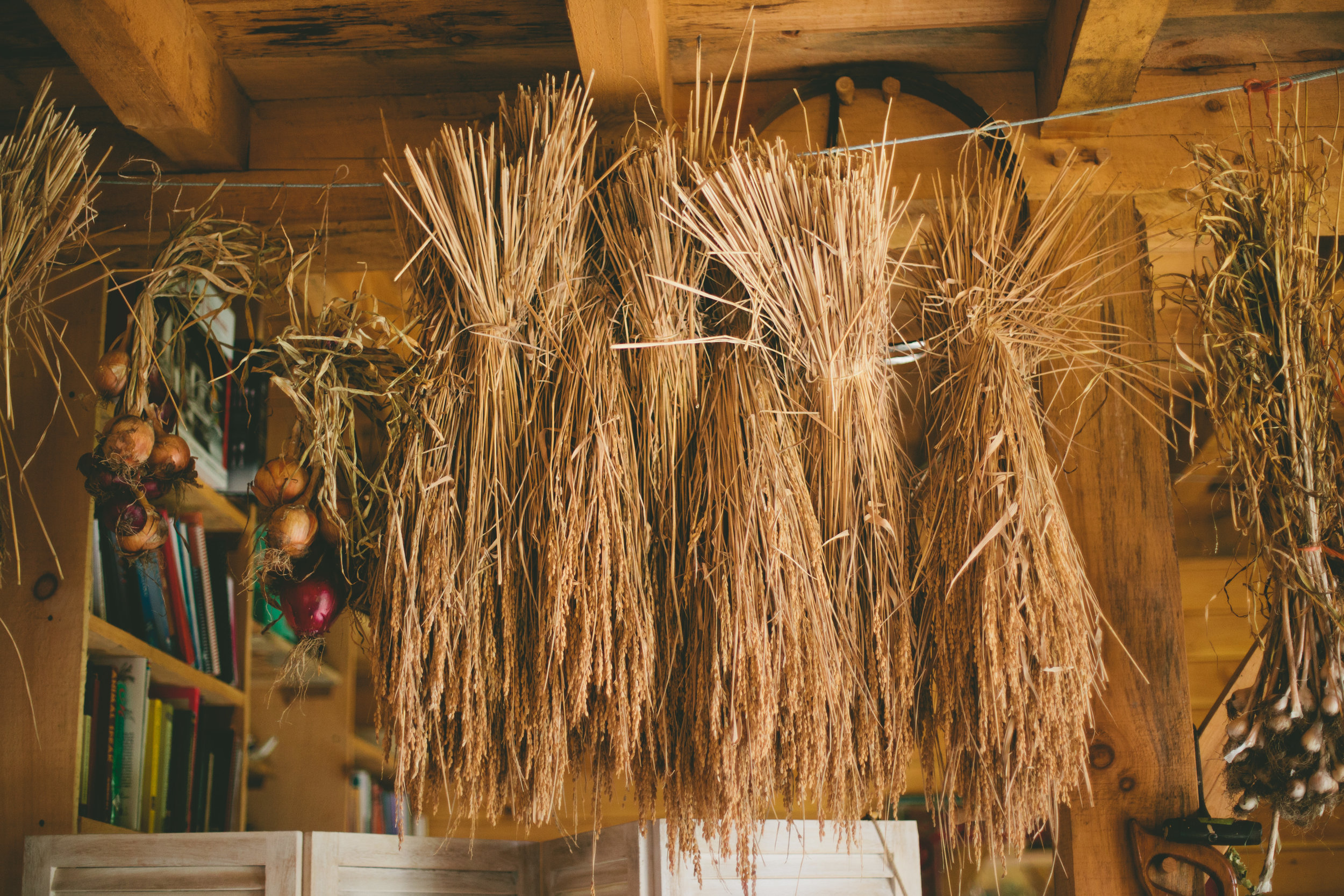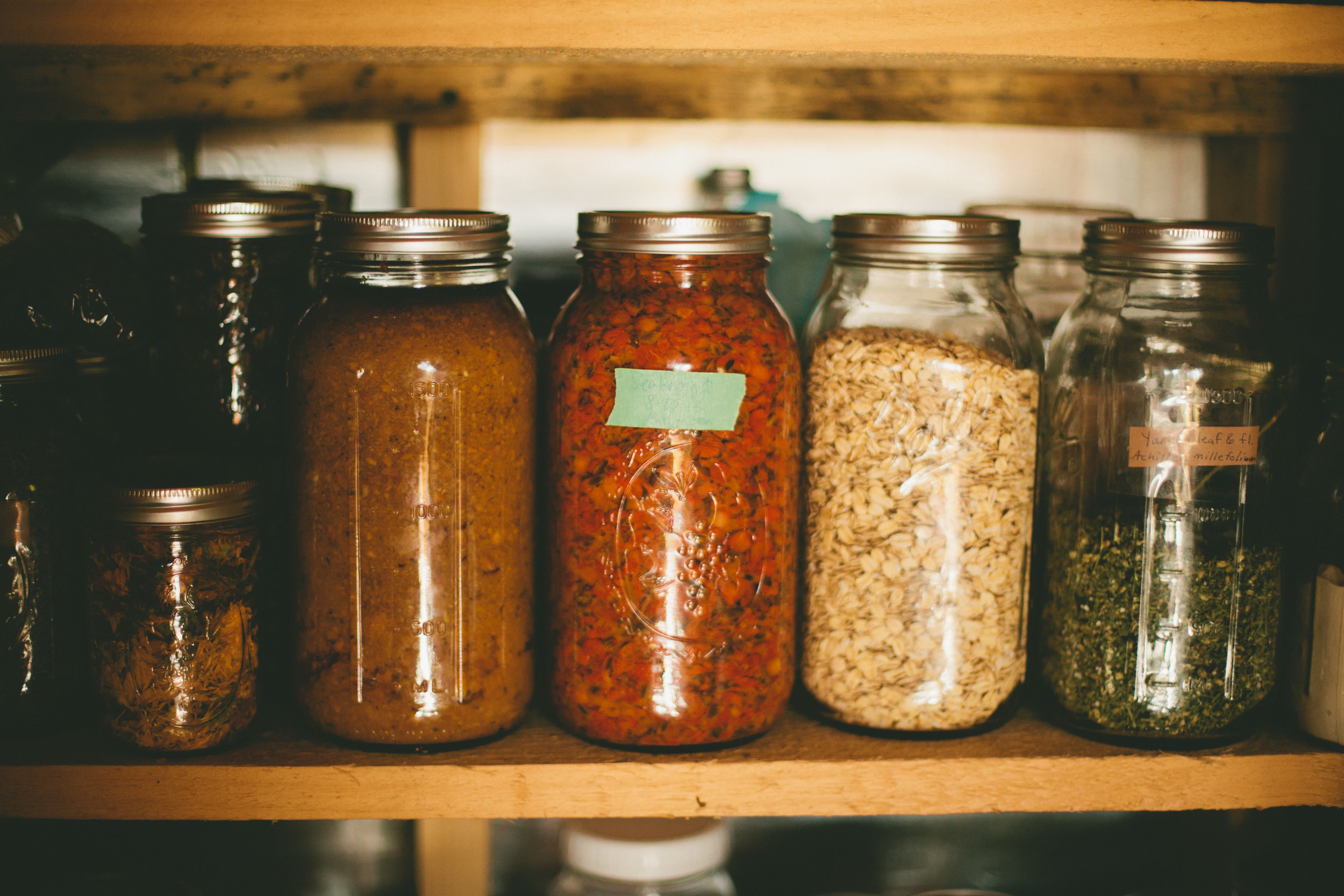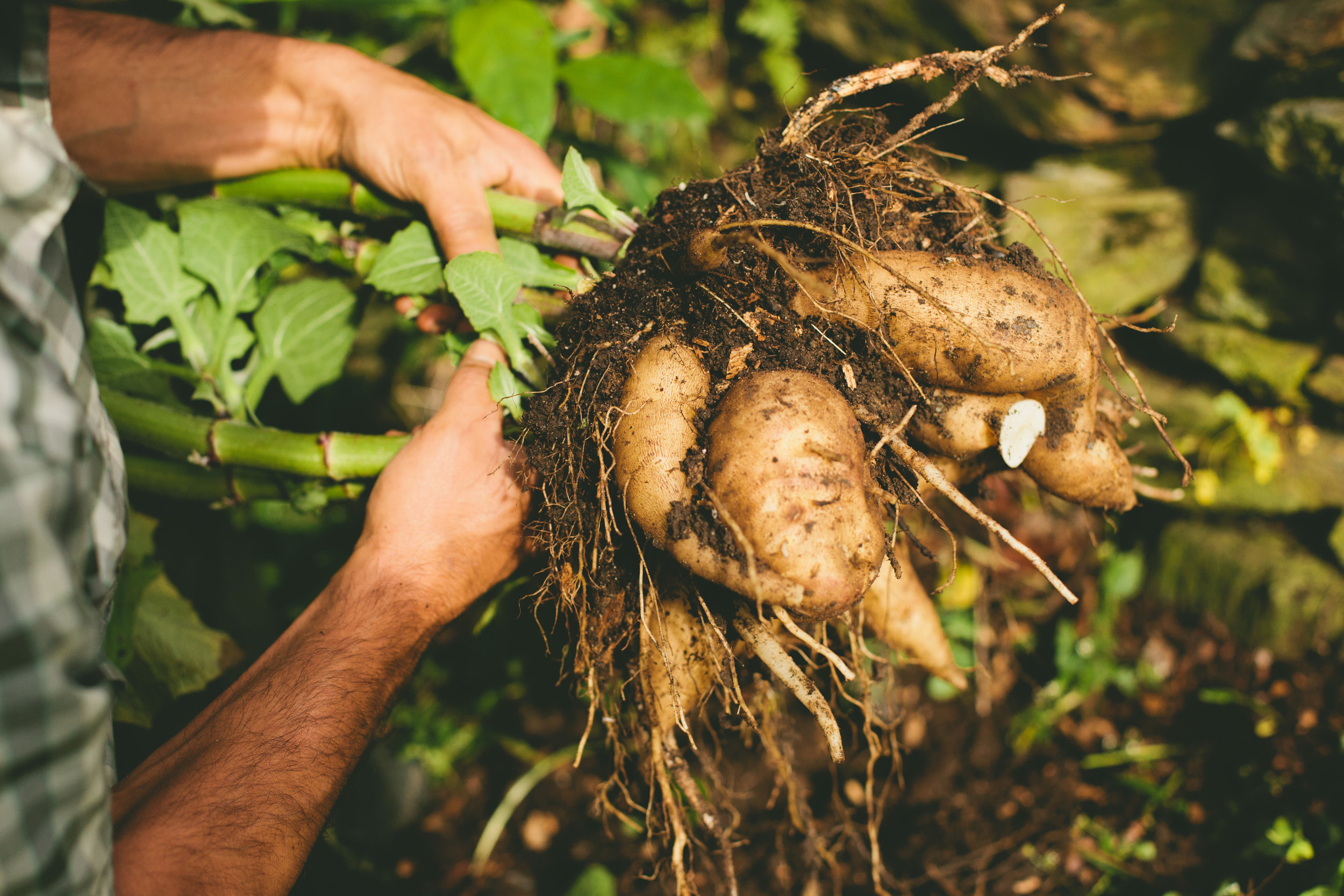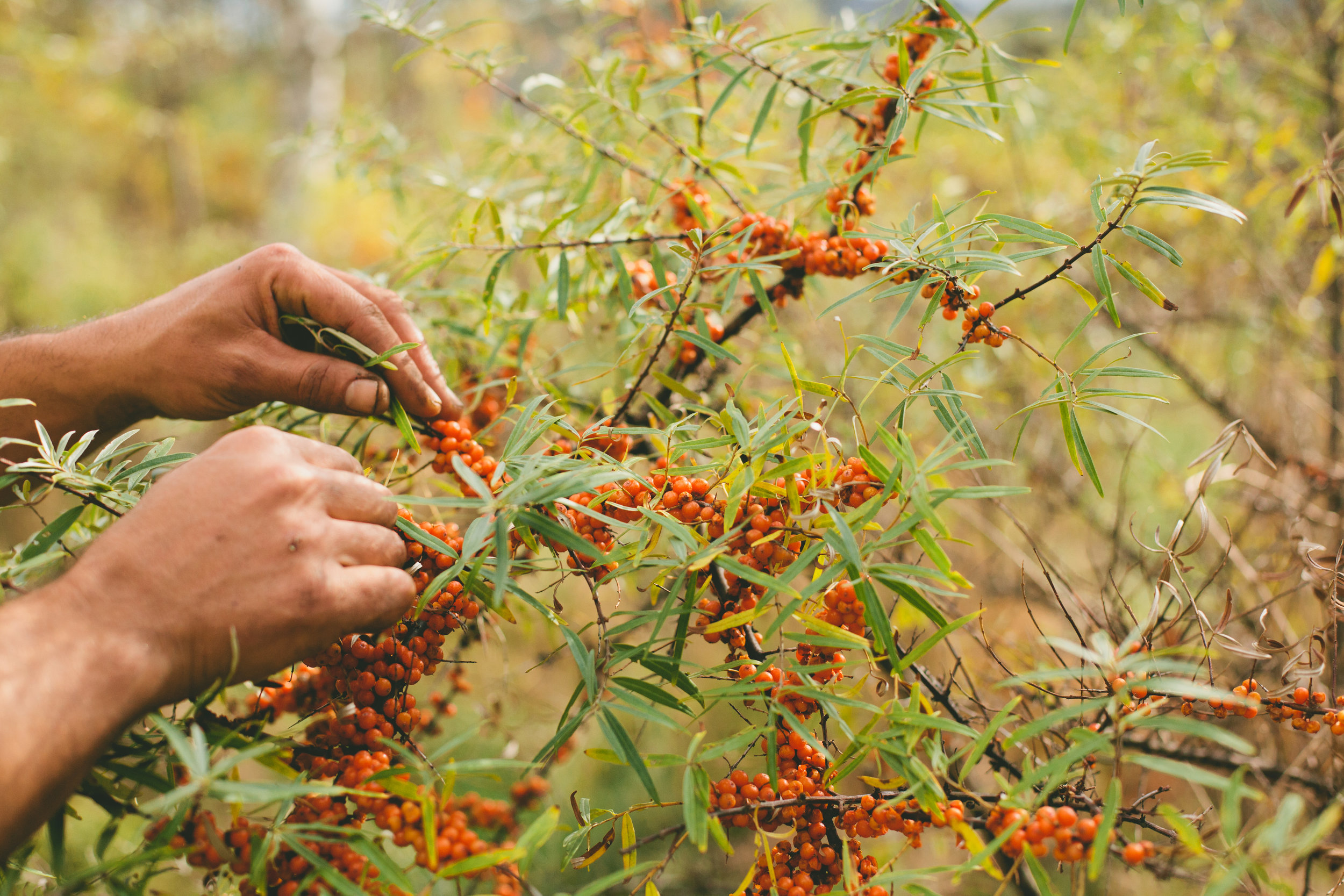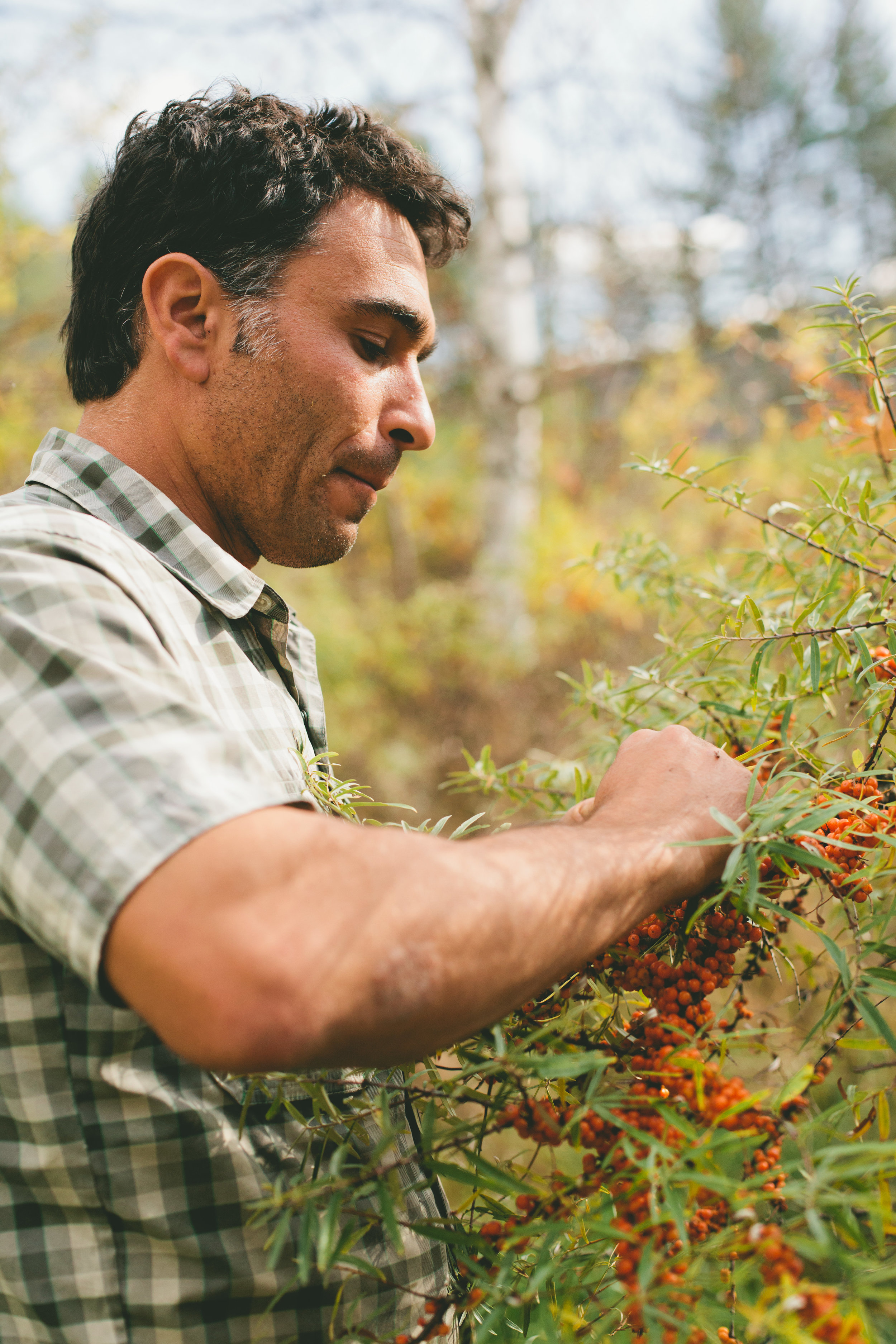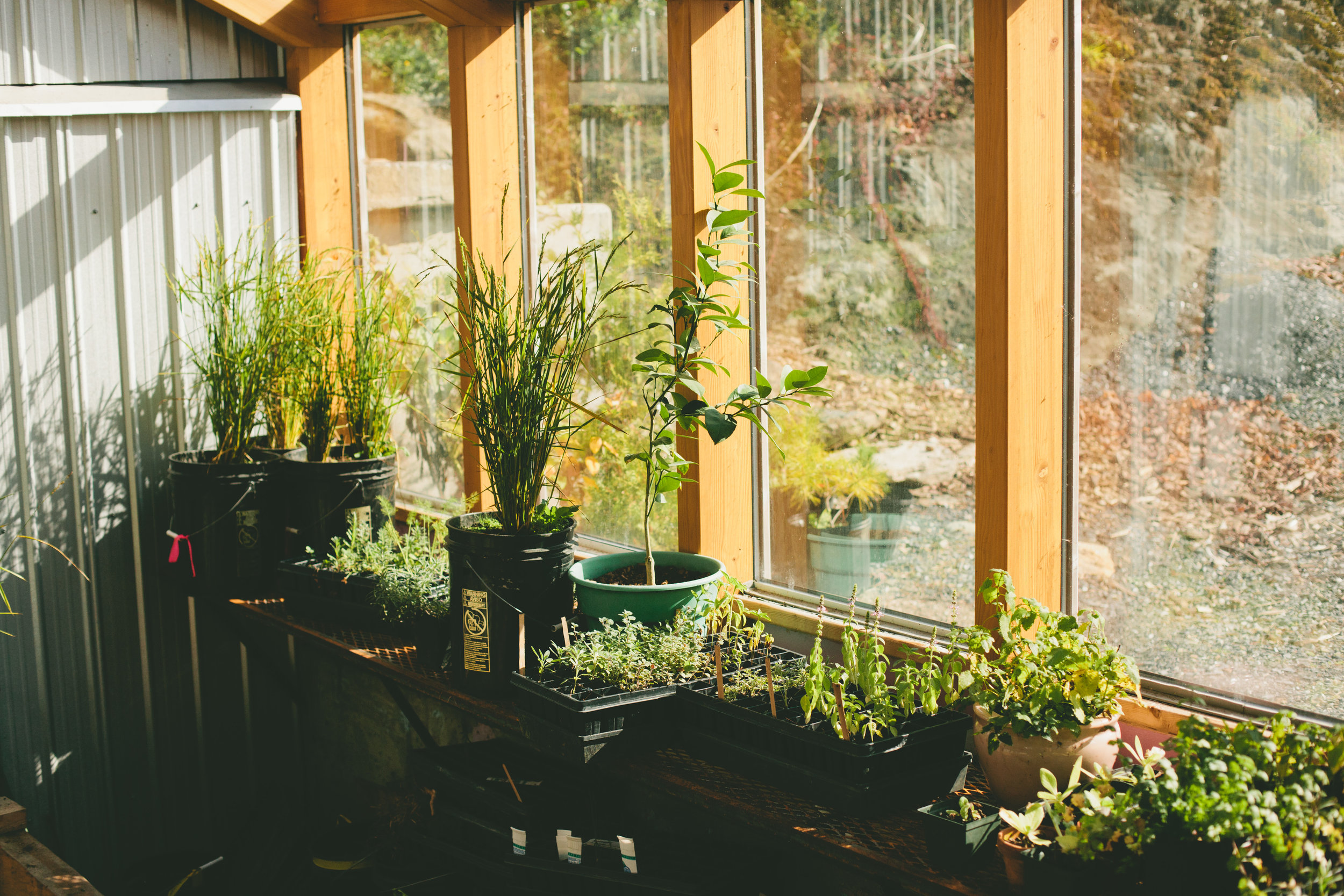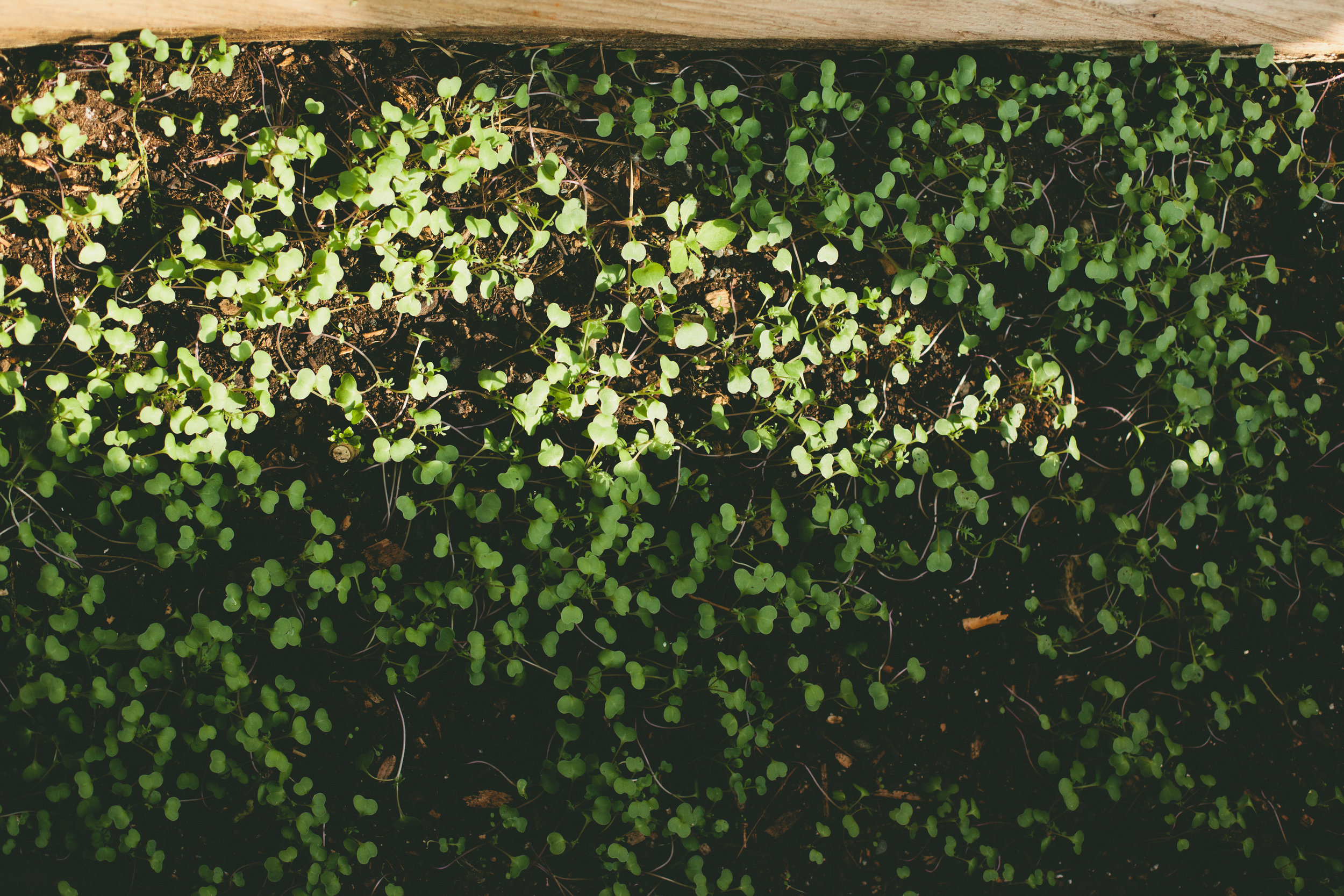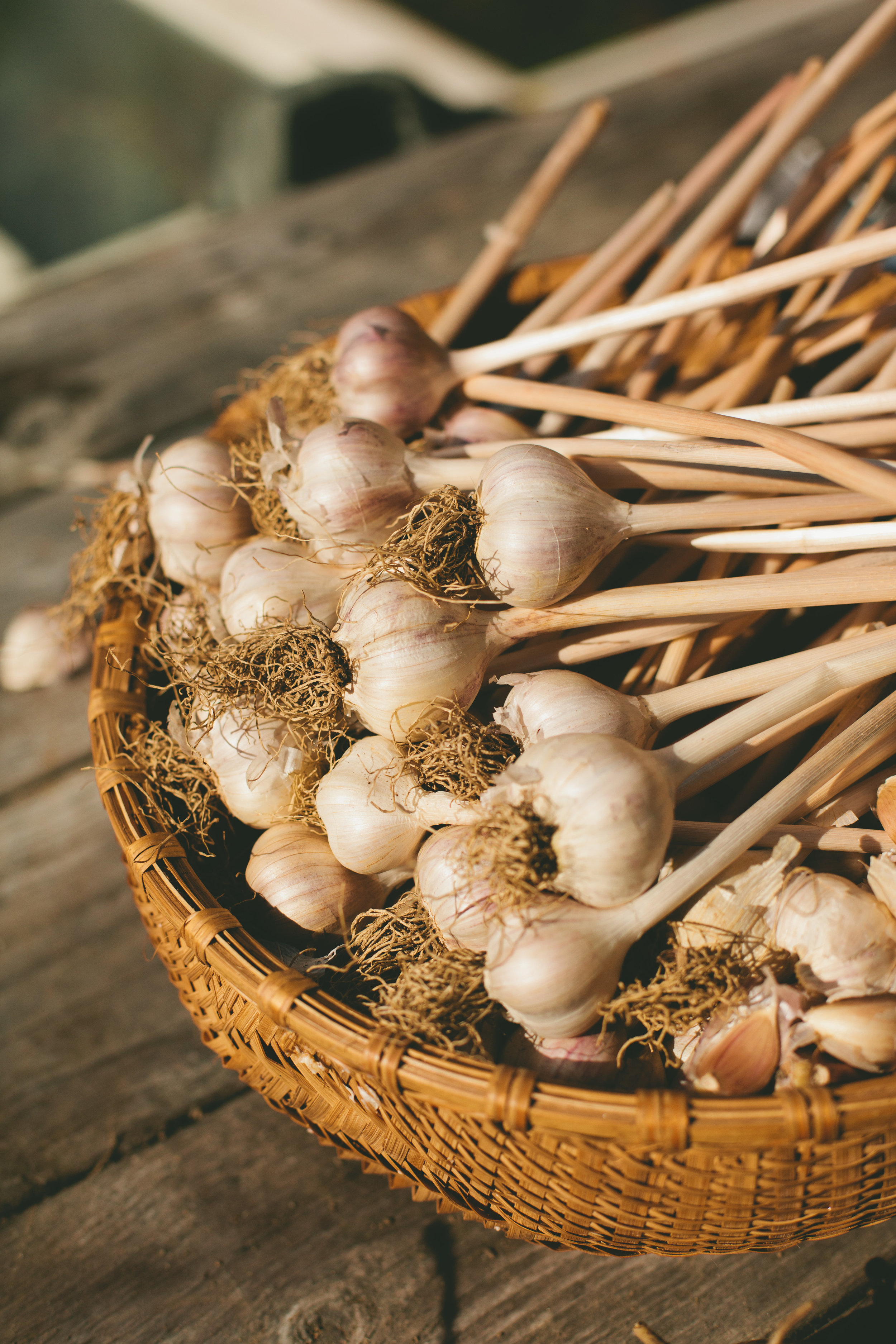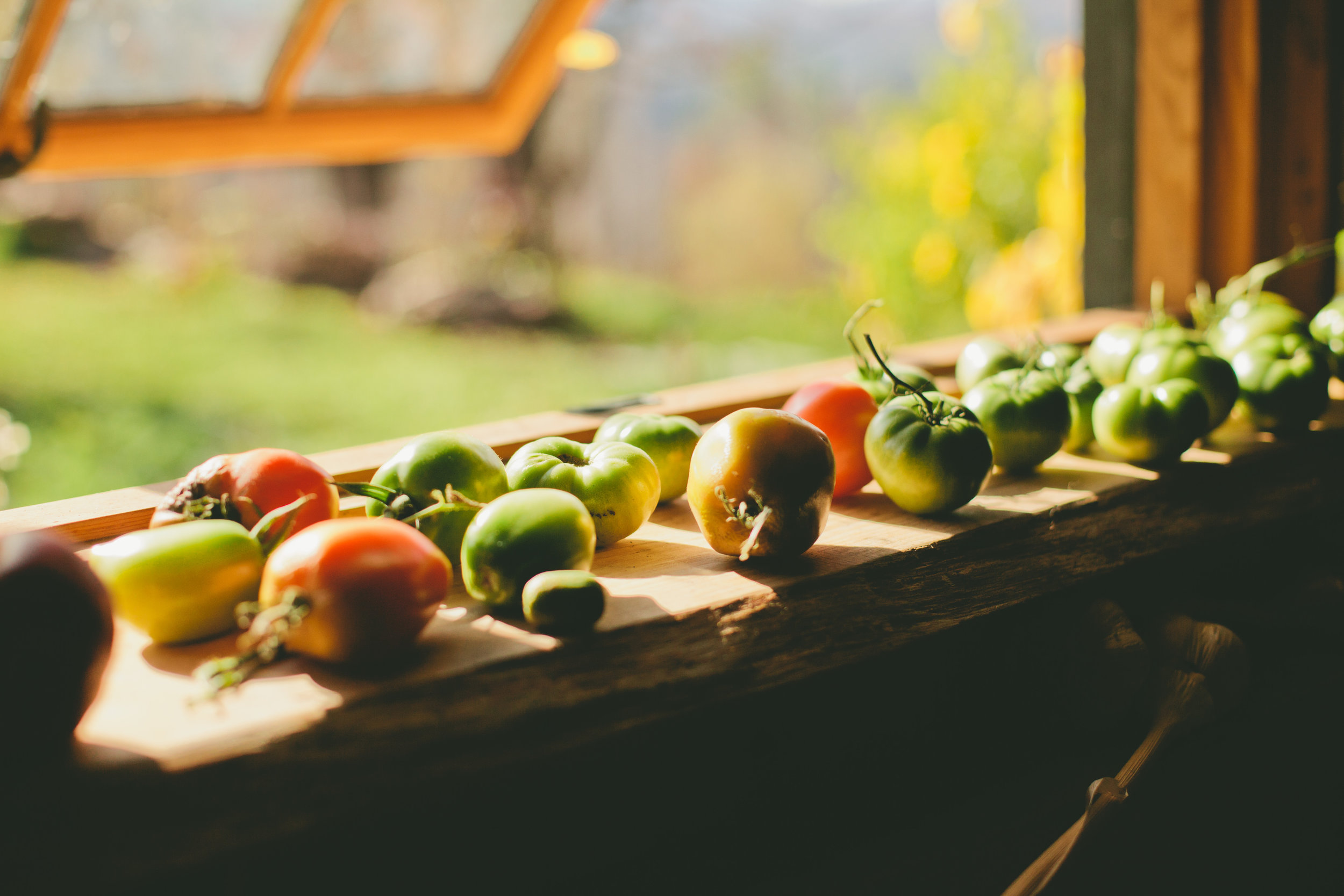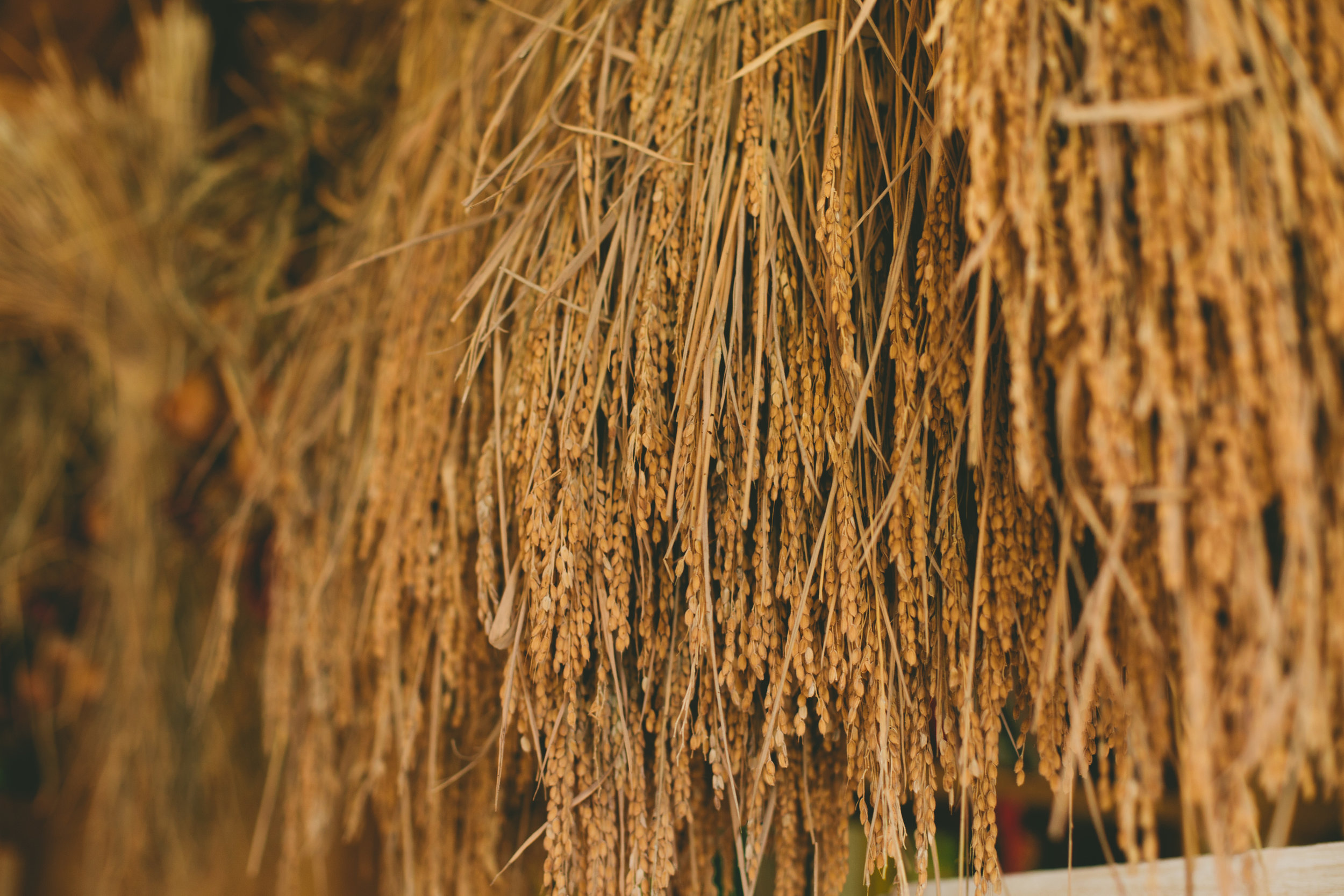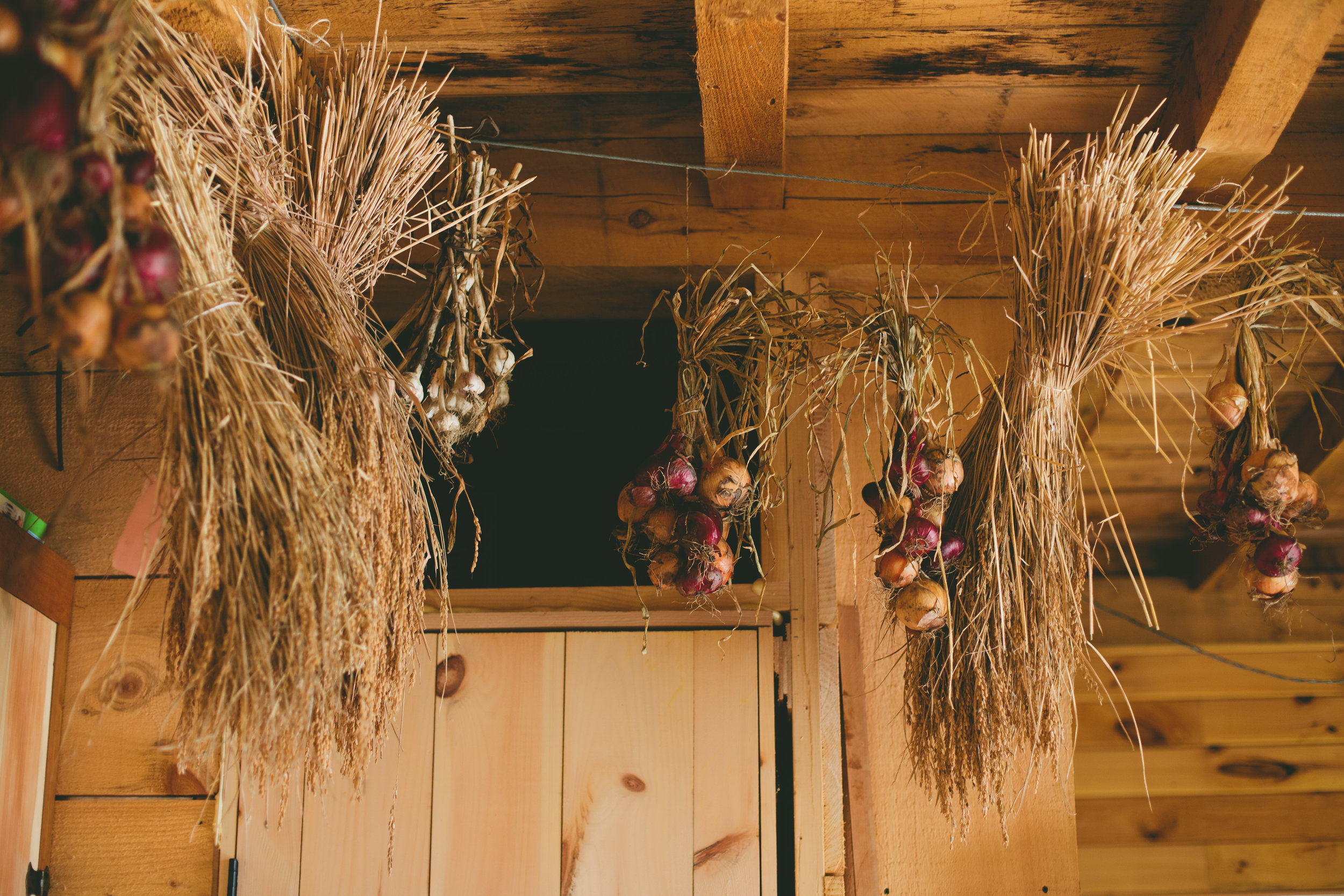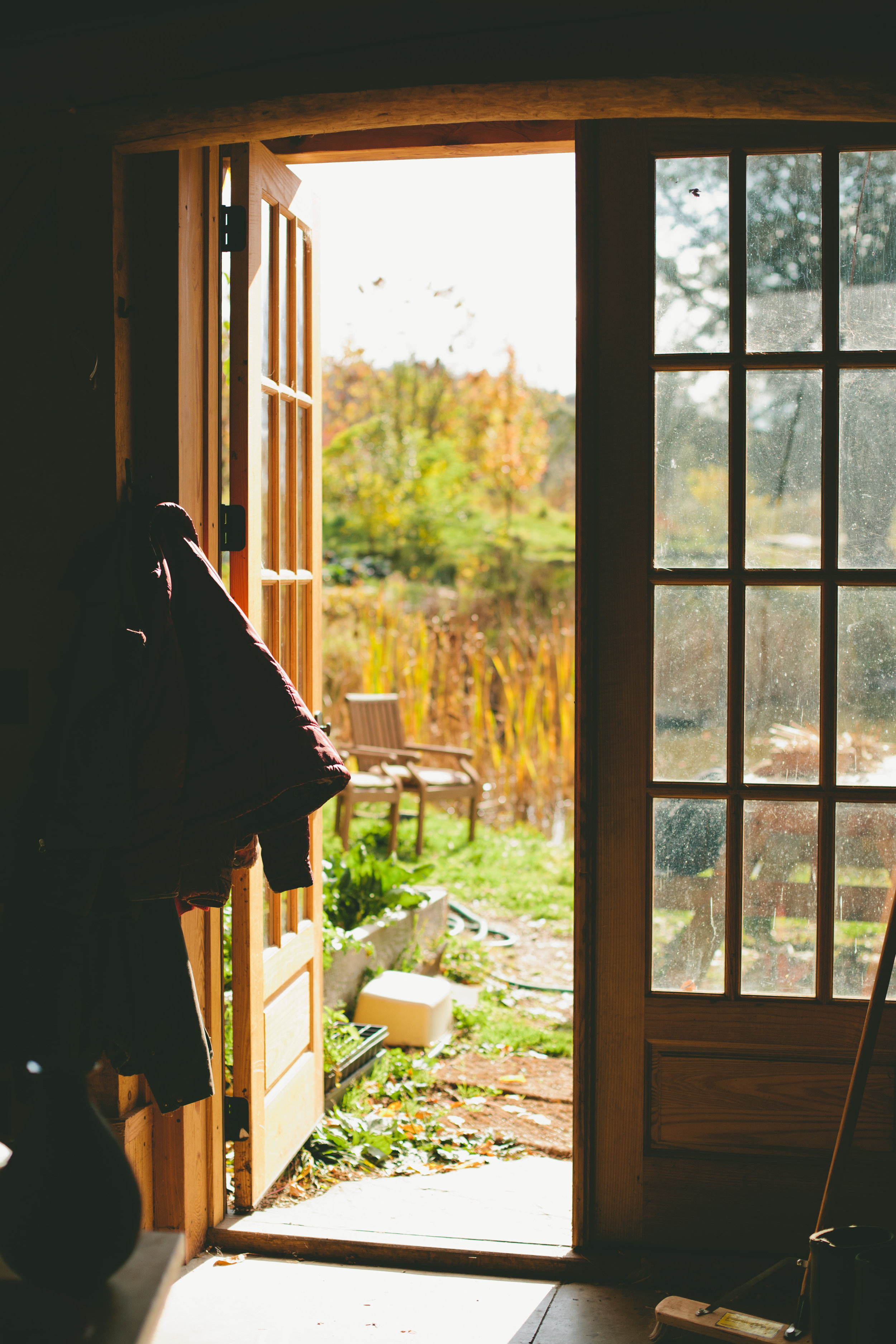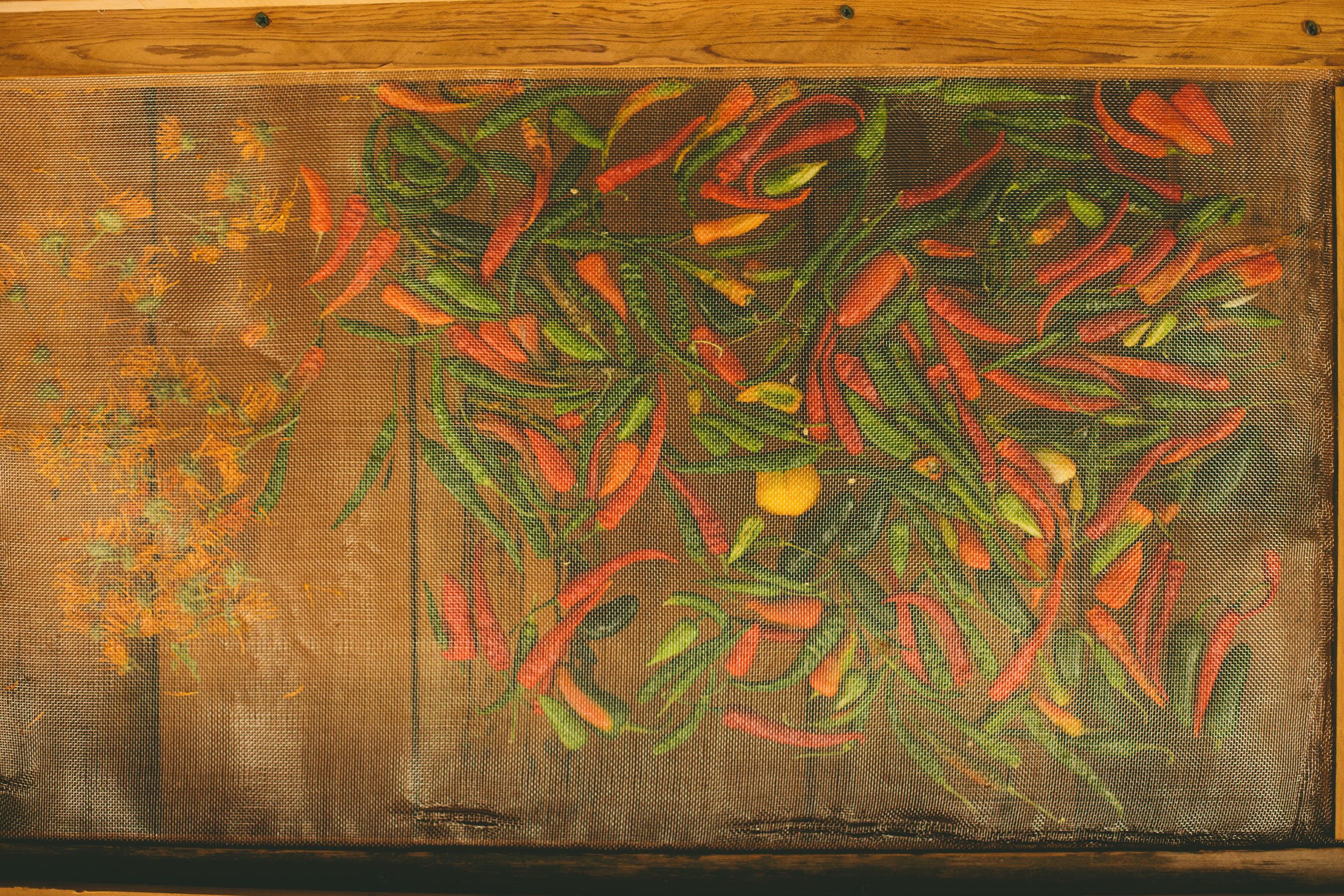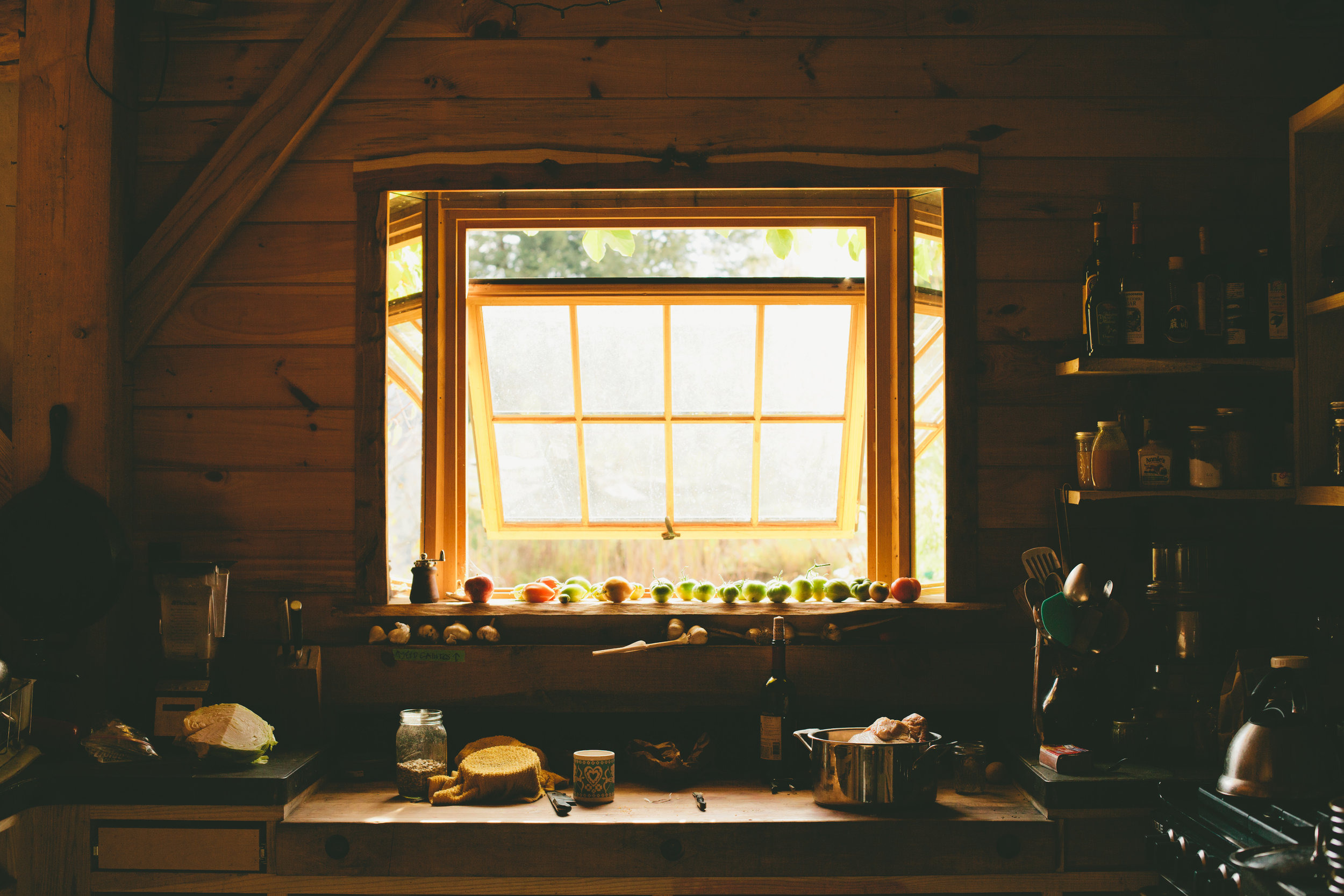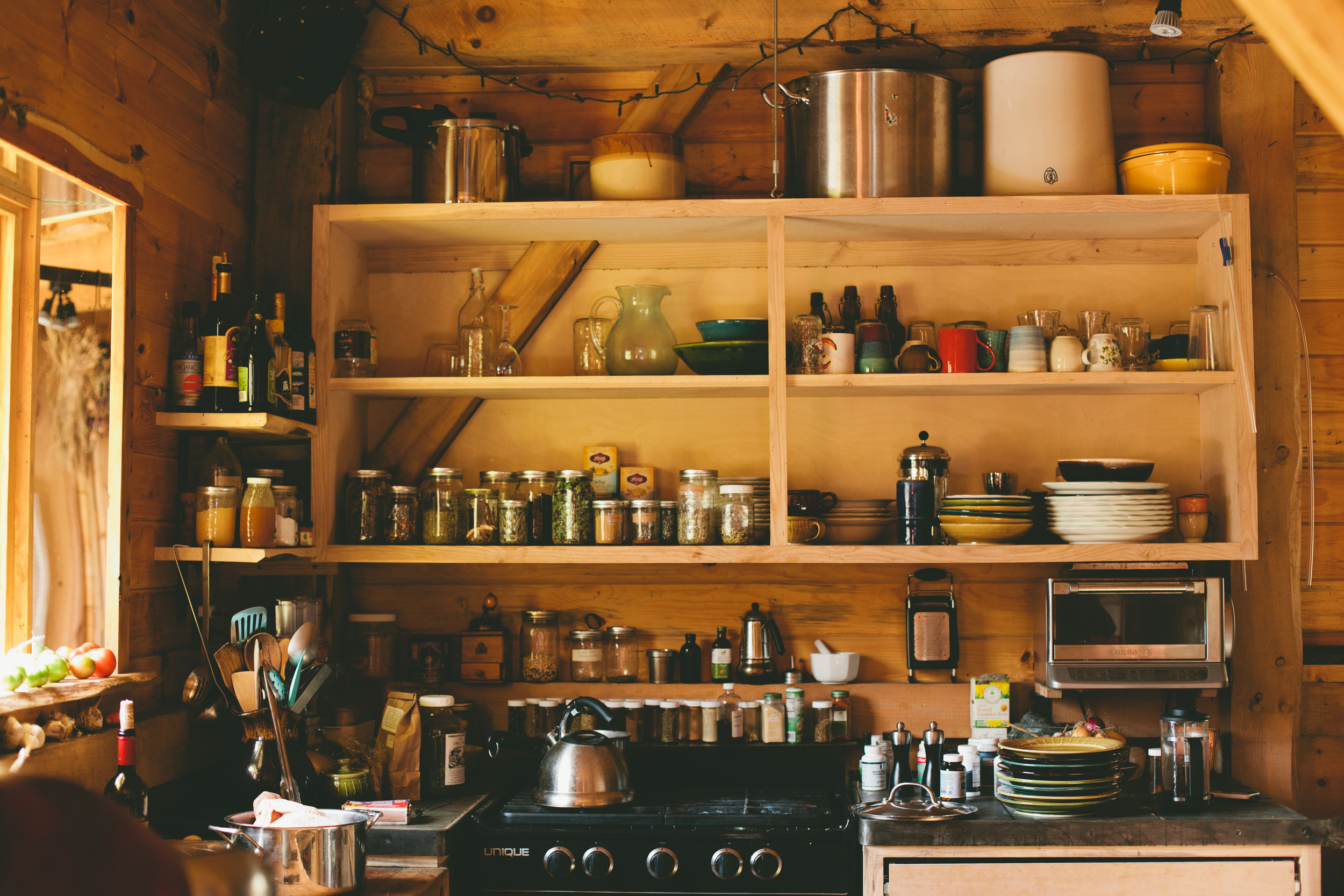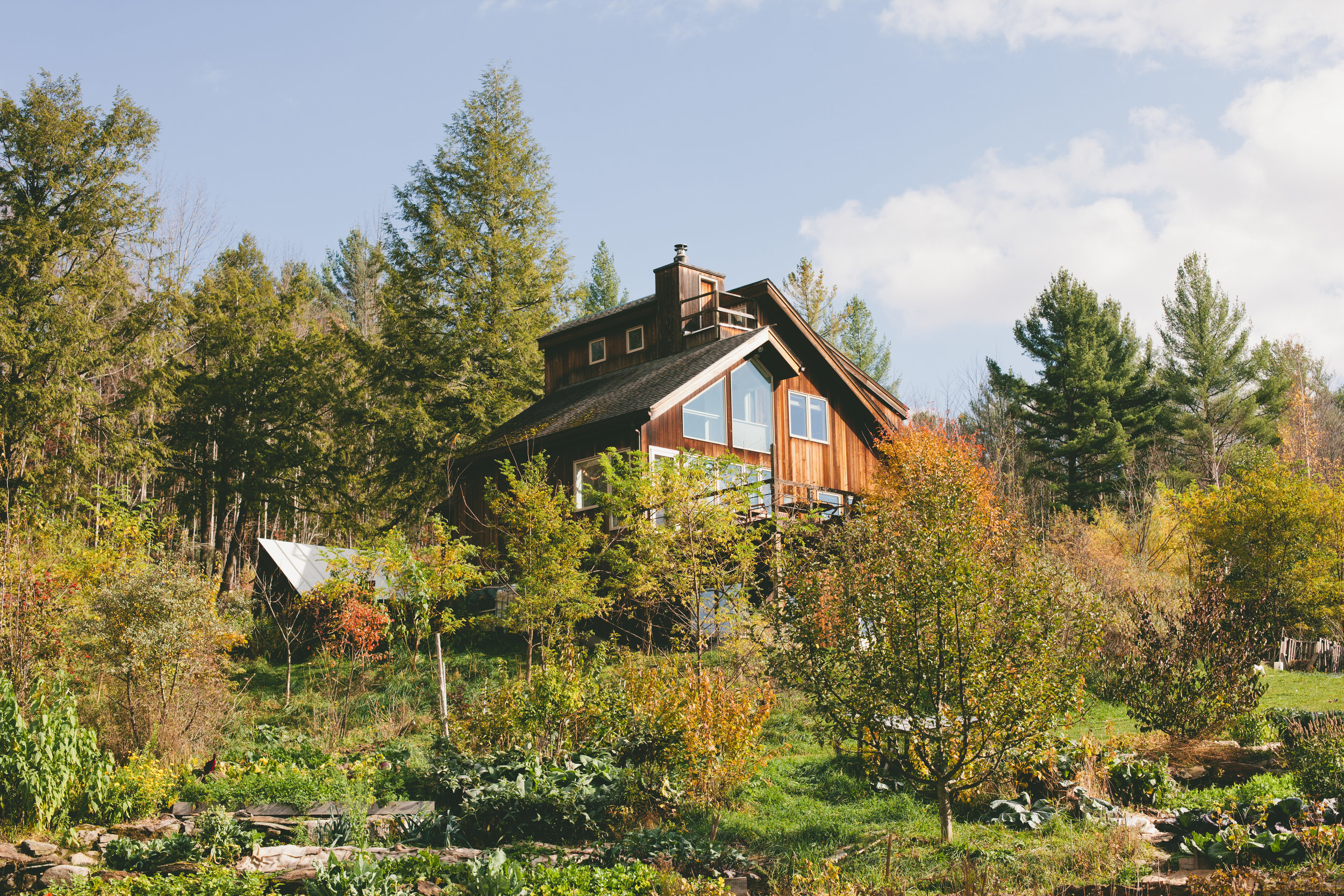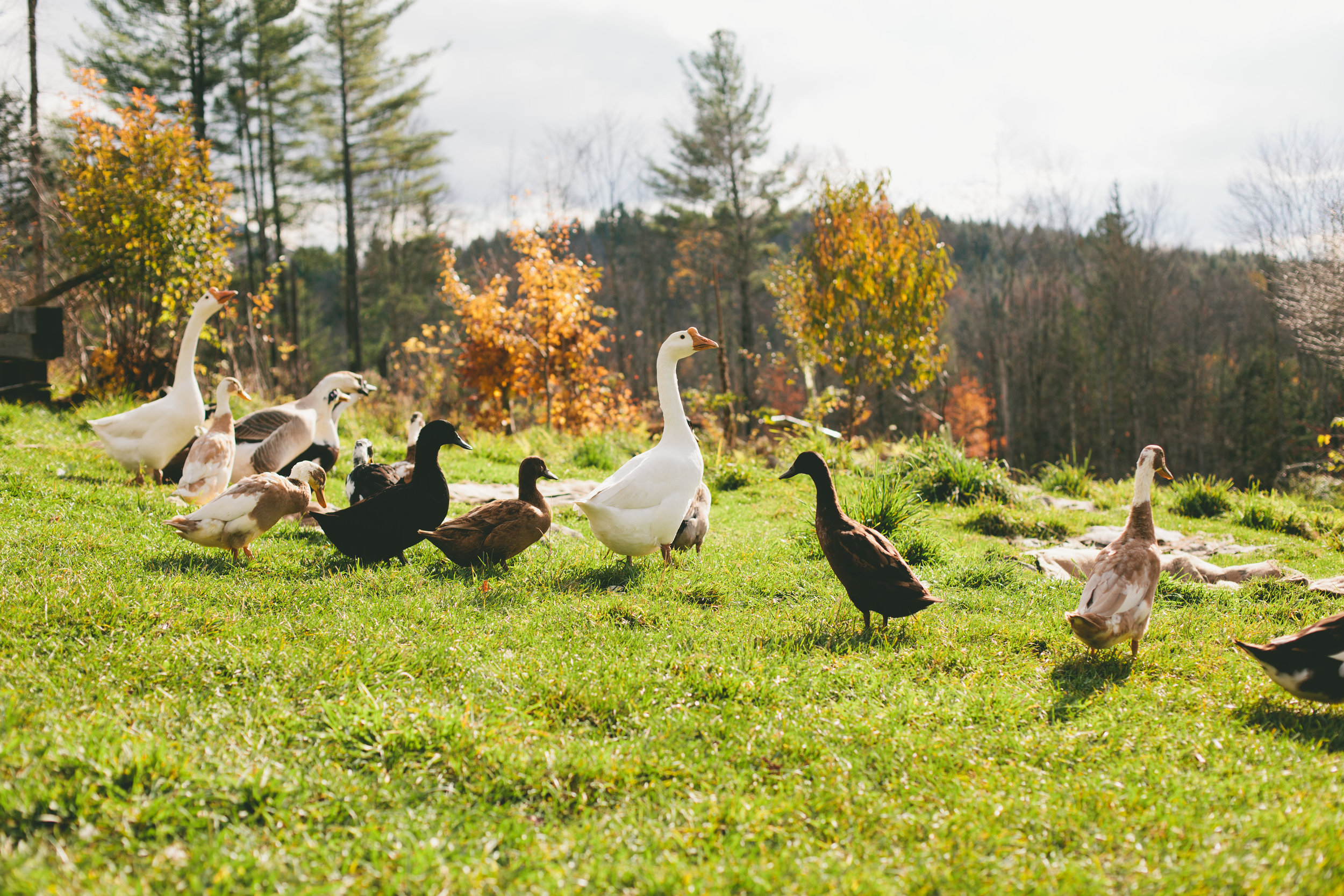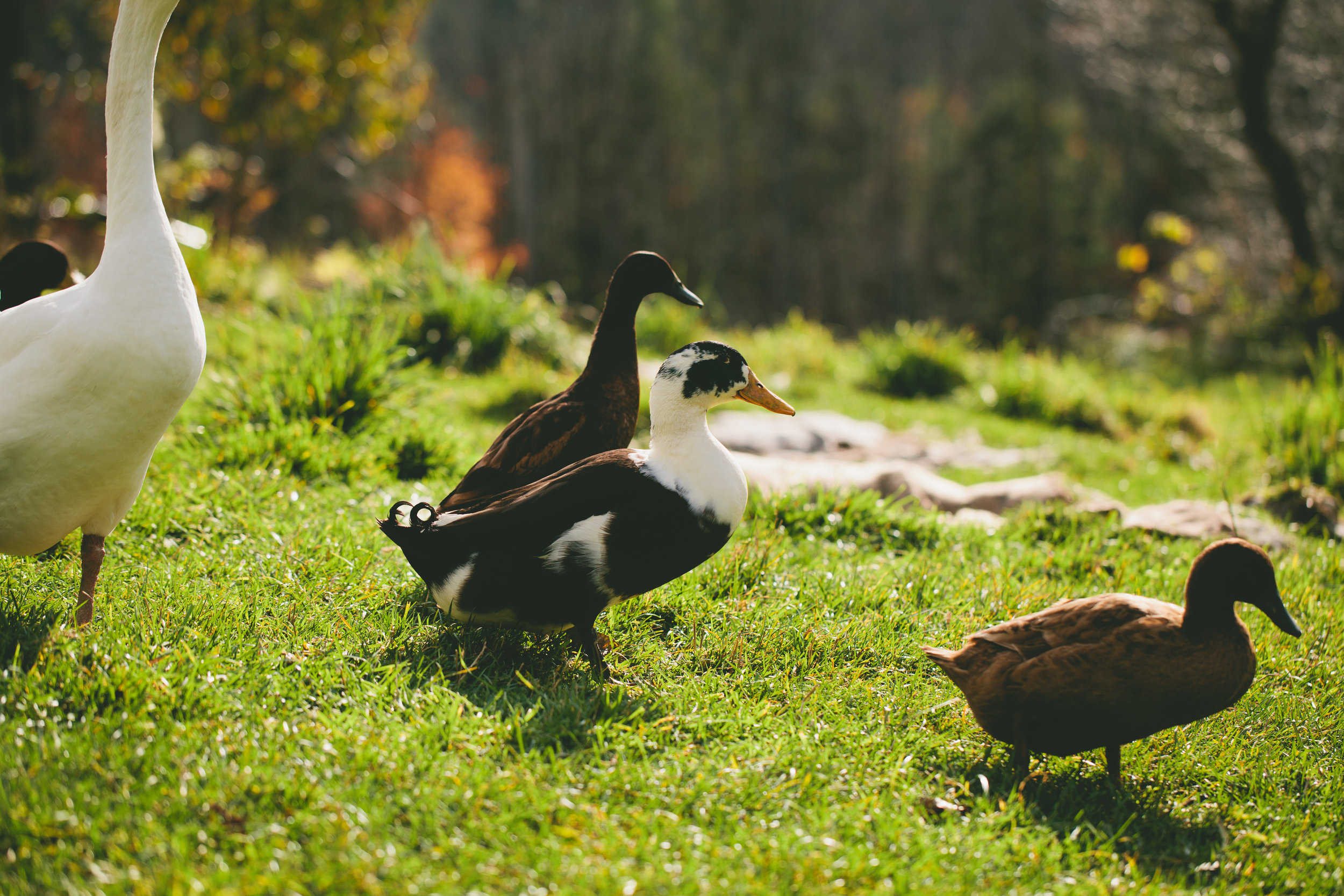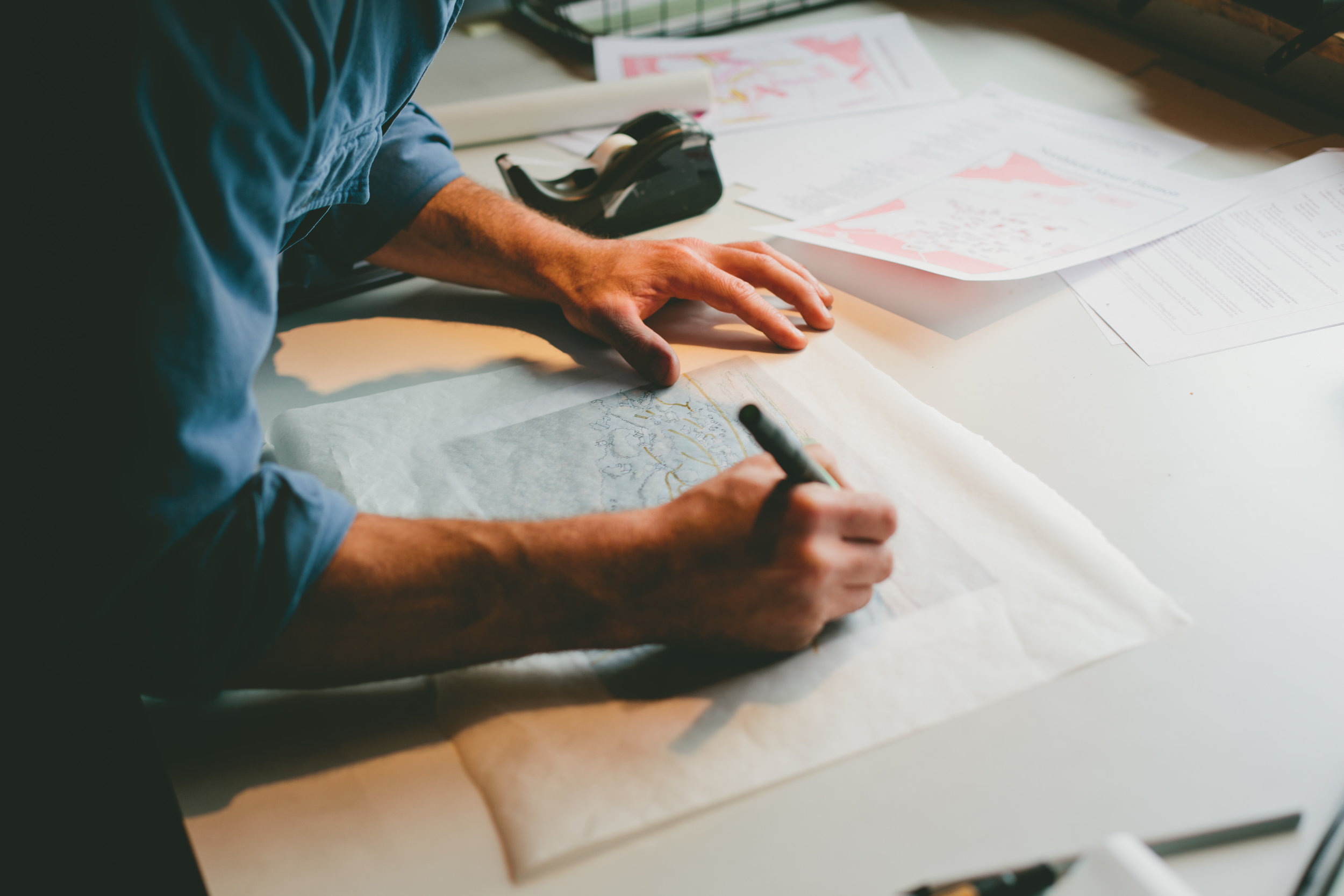Whole Systems Design
Whole Systems Design
Words by Ashley Herrin
Photos by Jenn Bakos
A few years back, part of the t.e.l.l. New England team visited Whole Systems Design based on a recommendation from a family member. Uncertain of what was in store, we made our way to Vermont, curious to see what was at the other end of the journey.
Whole Systems Design is a landscape design and architecture firm that helps educate the general public and their clients on permaculture, sustainable infrastructure systems and adaptive human habitats. Located in Vermont’s Mad River Valley, WSD is headquartered on a picturesque swatch of land unique in countless ways. Their own homestead is essentially a research farm, or “test kitchen” if you will, for all that they teach and do.
It might sound complicated, and grasping the full list of their capabilities and educational programs might be a bit tricky to digest because of their breadth of services and skills, but really, their business is based off of one main attribute: being smart. Whole Systems Design teaches you how to approach your landscape in a smart way – don’t just design to design – be smart about it, make your home and land work for you just as much as you work for it. They’ll teach you about soil building and fertility, solar water systems, proper methods of home heating, food storage skills such as fermenting and drying and even medicine making. And this list doesn’t even begin to scratch the surface of their full list of capabilities and teachings.
In addition to teaching educational courses to the public and small and large land owners alike, Whole Systems Design also has an ever-growing list of clients with whom they’ve developed sustainable landscapes and systems for throughout New England. Their roster includes the Arnold Arboretum, The University of Vermont and Middlebury College to name just a few. For them, they all seem to be moving towards one goal; sustainability and stability during a current economic time of disrupt. Whole Systems Design described this need as “those seeking wealth preservation and development in this time of economic transition, using land, solar infrastructure, food systems and community. They are leveraging these "slow money" investments to help ensure future economic viability as the current economy feeding on phantom (derivative) value, cheap energy supplies and a relatively stable biosphere becomes increasingly impossible. Our clients are moving quickly toward viable long-term land-based solutions that are likely to be most adaptive to the challenges driving the 21st Century” (source: Whole Systems Design).
When we visited the Whole Systems Design research farm, our impression was undoubtedly “Wow!” Their sprawling 10-acres of land is home to their design workshop, but they refer to it as a “wet field and forest transitioning into an edible landscape of ponds, fruit and nut trees, forest and pasture, stone and timber structures and outdoor living spaces.” In other words, wow!
At the time, we didn’t exactly know where Whole Systems Design was going to fit into our scheduled content, but we always knew we needed to save it for something good. A few volumes later and we’ve arrived at the Homesteading Issue – and quite honestly, the perfect match for Whole Systems Design. Throughout the pages of Issue 09, we’ve scattered photography taken at the research farm – each image seemed too fitting to not incorporate into the narratives and stories we were trying to tell with the help of our contributors. Each image is humble yet powerful, and speaks beautifully to the homesteading lifestyle, to being smart, and to making your home and land work for you just as much as you work for it. They are humble yet powerful.
♢♢♢
We encourage you all to learn more about Whole Systems Design at www.wholesystemsdesign.com. They offer invaluable lessons towards making our homestead dreams a reality.
